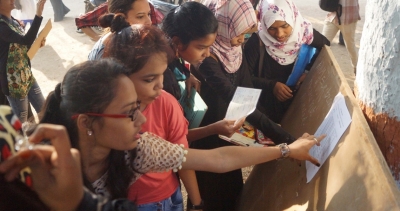China’s population declines for second consecutive year, posing economic challenges

The decline surpassed the 2022 decrease of 850,000, marking the first population drop since 1961 during the Mao Zedong era.
China’s population faced a second consecutive year of decline in 2023, driven by a historic low birth rate and a surge in COVID-19 deaths following the lifting of strict lockdowns. The National Bureau of Statistics reported a reduction of 2.08 million people, or 0.15%, bringing the total population to 1.409 billion.
This decline surpassed the 2022 decrease of 850,000, marking the first population drop since 1961 during the Mao Zedong era. The abrupt lifting of restrictions in December 2022 led to a nationwide COVID surge, resulting in a 6.6% increase in total deaths to 11.1 million. The death rate reached its highest since 1974, during the Cultural Revolution.
New births declined by 5.7% to 9.02 million, with a record low birth rate of 6.39 births per 1,000 people, down from 6.77 in 2022. Decades of plummeting births in China can be traced back to the one-child policy (1980-2015) and rapid urbanization, making child-rearing more expensive in cities.
Amidst these demographic challenges, youth unemployment reached record highs, white-collar wages fell, and a property sector crisis intensified in 2023. Concerns arise about China’s economic growth potential, with fewer workers and consumers, while rising costs of elderly care strain local governments.
In 2023, China’s population aged 60 and over reached 296.97 million, constituting 21.1% of the total population, up from 280.04 million in 2022. Experts predict China’s population to shrink by 109 million by 2050, triple their 2019 forecast.
The 2023 death rate of 7.87 per 1,000 people exceeded the 2022 rate of 7.37. The retirement-age population is expected to surpass 400 million by 2035, raising concerns about the pension system’s sustainability.
China’s efforts to encourage childbirth include local government measures such as tax deductions and longer maternity leave. However, challenges persist, including high childcare costs, job market uncertainty, and gender discrimination. President Xi Jinping emphasized the need for a new culture of marriage and childbearing, but the implementation of policies remains inconsistent.
Despite these challenges, there is hope for a potential increase in births in 2023 as the backlog from the COVID-related disruptions clears, offering a glimpse of relief for China’s demographic concerns.









